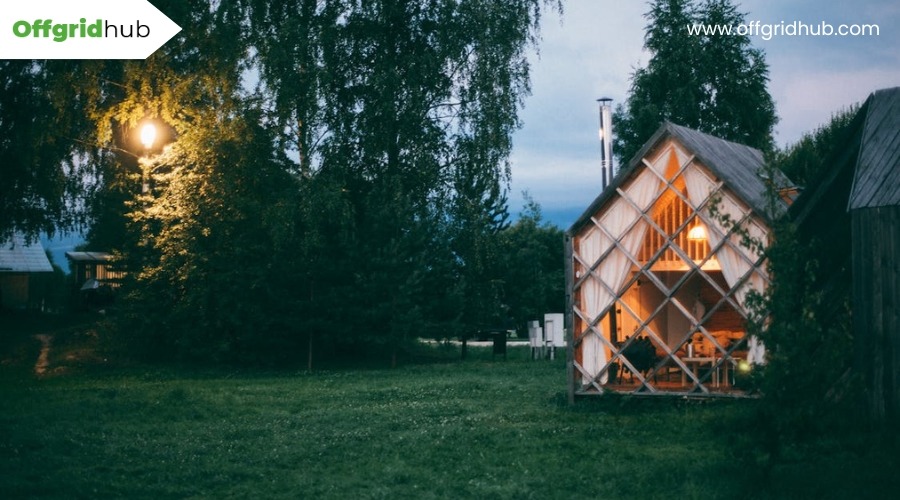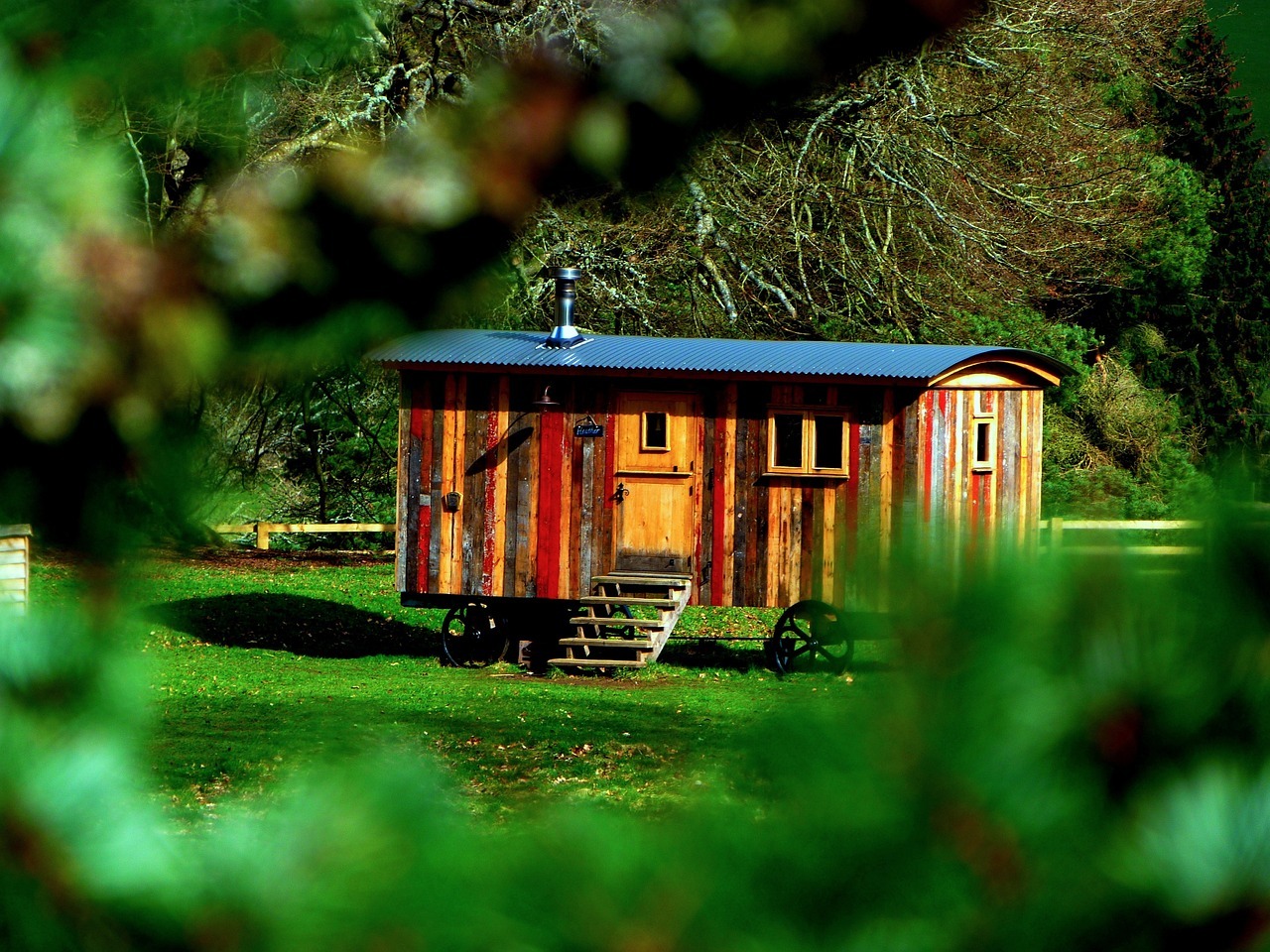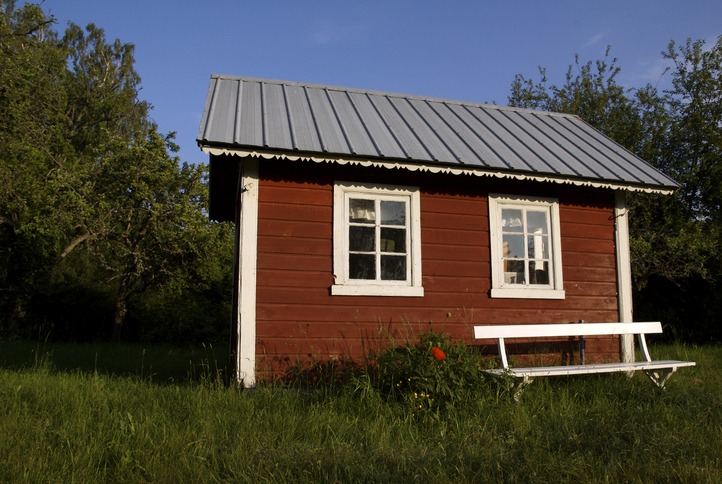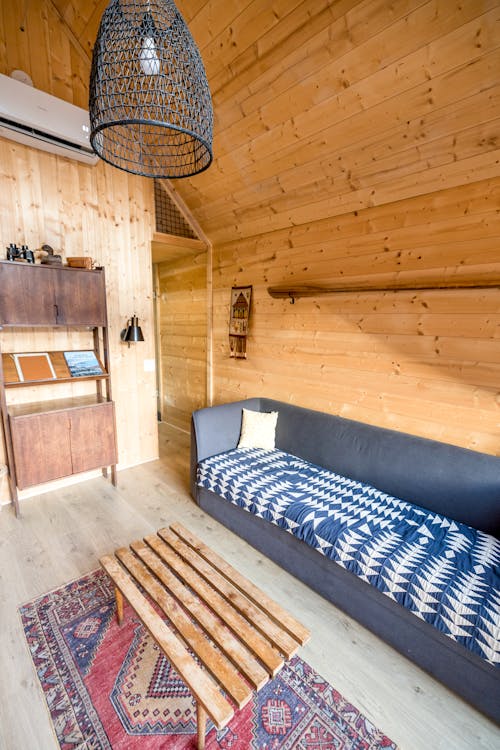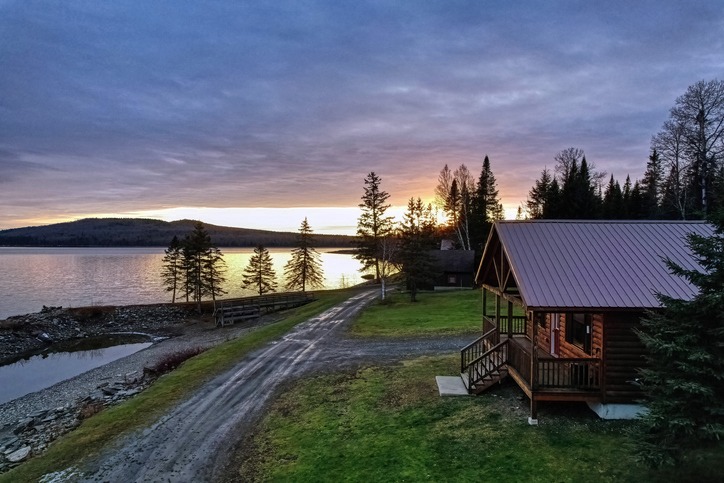Minimalism molds many minds, especially when you’re contemplating compact living in a tiny home. It’s not just about shedding surplus stuff; it’s about sculpting a space that reflects what truly matters.
By embracing minimalism, you streamline your surroundings to only include essentials, aligning perfectly with the spatial constraints and ethos of tiny house living. This philosophy doesn’t just affect the aesthetic of your abode but deeply impacts your daily lifestyle, encouraging a more intentional and less cluttered existence.
Interested in how this simple yet profound approach can transform your tiny home into a haven of peace and functionality? Let’s explore further.
Defining Tiny Homes and Minimalism
Embracing the essence of living with less, tiny homes and minimalism redefine modern living by focusing on essentials and maximizing space. When you adopt this lifestyle, you’re not just choosing a place to live; you’re committing to a philosophy that values quality over quantity. A tiny home, typically under 400 square feet, embodies this principle through its efficient design and intentional use of space. It’s a manifestation of minimalist living, where every item in your space serves a purpose, and clutter is a foreign concept.
The minimalist influence on tiny home design is unmistakable. Clean lines and neutral colors create a sense of openness, even in compact living areas. Storage is ingeniously integrated to keep your living environment clutter-free, while multi-functional furniture ensures that every square inch serves multiple purposes. This approach to design isn’t just about aesthetics; it’s about functionality. By prioritizing what truly matters, you’re able to live more with less, proving that a fulfilling life doesn’t require an abundance of possessions. In a tiny home, space isn’t just optimized—it’s transformed, enabling a lifestyle that’s both simple and rich in experiences.
Benefits of a Minimalist Lifestyle
Adopting a minimalist lifestyle brings significant financial savings, as it encourages you to spend less on non-essential items and focus on what truly matters. By integrating minimalism into your life, you’ll find that prioritizing quality over quantity not only reduces clutter but also leads to a more clean and organized living environment. This principle is especially beneficial in the context of tiny homes, where space is at a premium and every item must serve a purpose.
The minimalist design isn’t just about aesthetics; it’s a reflection of intentional decision-making. It prompts you to consider the value and function of your possessions, leading to a more deliberate and satisfying lifestyle. Moreover, minimalism has profound mental health benefits. By eliminating excess and focusing on the essentials, you’ll experience less stress and a heightened sense of focus. This simplified approach to living can help you achieve a greater sense of peace and contentment.
Additionally, embracing minimalism supports environmental sustainability. Mindful consumption and a reduction in waste are natural outcomes of this lifestyle, aligning your living practices with a more sustainable and responsible approach to the planet. Through minimalism, you’re not just benefiting yourself; you’re also contributing to a larger, global effort to live more sustainably.
Design Strategies for Tiny Living
Building on the minimalist lifestyle, effective design strategies for tiny living are crucial to maximizing your home’s functionality and comfort. As you dive into the tiny house movement, you’ll find that keeping it simple isn’t just an aesthetic choice—it’s a necessity. To thrive in tiny living, you’ll need to prioritize space efficiency through meticulous planning and decoration. Opting for multi-functional furniture is a game-changer, allowing you to serve multiple needs without overcrowding your space. Think of sofas that double as storage units or tables that transform into workstations.
The interior design of your tiny home should embrace light, neutral color palettes. These shades work wonders in creating an illusion of more space, making your home feel open and airy. Adding rugs can introduce texture and color, enhancing the minimalist design without taking up valuable space.
Incorporating hidden beds and storage solutions is also key in tiny home design. These features help minimize clutter, keeping your living area neat and functional. Remember, maximizing storage space isn’t just about finding room for your possessions—it’s about designing a space that supports your minimalist lifestyle and makes tiny living not only possible but enjoyable.
Maximizing Space With Smart Solutions
To maximize your tiny home’s livable space, consider smart solutions like multifunctional furniture and innovative storage options. These clever designs are essential as tiny houses are built with limited square footage. By opting for furniture that serves multiple purposes, such as a sofa that transforms into a bed or tables that fold away when not in use, you’re able to create a versatile living environment. This approach not only optimizes your floor area but also contributes to a minimalist design aesthetic.
Incorporating loft beds and hidden compartments allows you to utilize every inch of space effectively, making the space feel larger and more organized. Utilizing vertical space with shelves and wall-mounted storage can add texture and character to your home while keeping clutter at bay. Moreover, strategic placement of windows and mirrors can enhance the perception of space and amplify natural light, making your tiny dwelling feel bright and airy.
Embracing a Sustainable Minimalist Life
After exploring smart solutions for maximizing space, let’s focus on how embracing a sustainable minimalist lifestyle can further enhance your tiny home’s efficiency and environmental friendliness. Living in a compact space naturally steers you towards making more mindful choices. With limited space, there’s no room for unnecessary items, pushing you towards a life of quality over quantity. This approach not only declutters your living space but also significantly reduces your carbon footprint.
Choosing eco-friendly materials for your tiny home is a cornerstone of sustainable minimalism. These materials, coupled with energy-efficient systems, not only lessen your impact on the environment but also promote a healthier living space. Sustainable minimalism in a tiny home is about intentional living—knowing what you truly need and making every square foot count.
Conclusion
In adopting minimalism in your tiny home, you’re choosing more than a design aesthetic; you’re embracing a lifestyle centered on simplicity and intentionality. By focusing on what truly matters, you’ll find your tiny space doesn’t just look bigger and cleaner, but also becomes a sanctuary of peace and focus in a busy world.
This approach not only maximizes your living area through smart design but also paves the way for a sustainable, clutter-free life. So, dive into this journey and discover the joy of less.
